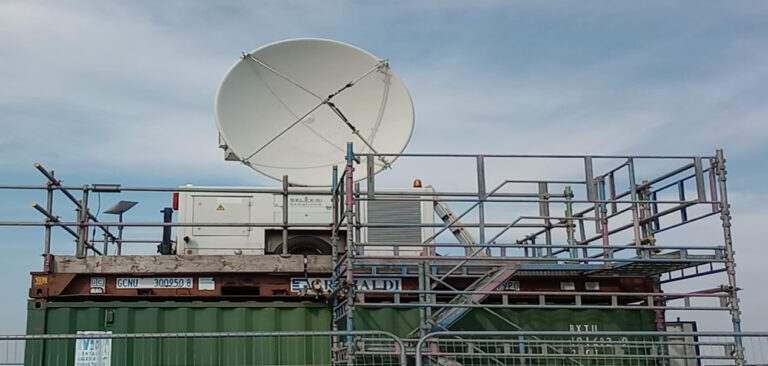A team of researchers led by the UK’s National Centre for Atmospheric Science (NCAS) has just completed a summertime observation campaign focused on tracking turbulent processes in the atmosphere, with a view to improving forecasts of severe storms.
The team monitored the onset of thunderstorms in the south of England, using a series of weather radars, weather balloons, unmanned aerial systems, cloud cameras and an extensive network of ground-based sensors. The work was in collaboration with the Wessex Convection Experiment led by the UK Met Office, which used NCAS’s FAAM Airborne Laboratory.
The team pioneered a novel approach, led by Dr Ryan Neely, which saw two steerable weather radars set up to track and observe convective clouds at the same time as the FAAM Airborne Laboratory’s research aircraft flew overhead. Researchers combined observations from every angle to help them describe turbulence in the atmosphere and will use the observations to improve how we predict the weather on a day-to-day basis.
Recognizing that scientific activities have environmental impacts, the research team sought ways to minimize the impacts of using powered instruments. For the first time, the pair of steerable weather radars were powered by GreenD+ HVO biofuel generators, instead of diesel fuel sourced from crude oil. This reduced greenhouse gas emissions by up to 90%.
GreenD+ HVO, also known as enhanced hydrotreated vegetable oil, is a fossil-free paraffinic fuel made from 100% renewable raw materials. It is a more sustainable high-quality fuel, suitable for diesel-powered vehicles and industrial powered generators. It is produced by hydrogenation of waste fats and vegetable oils.



